Grazing goats and understanding the grazing habits of meat goats is important for managing pastures effectively, especially when raising meat goats for meat production. The grazing habits of goats are different than those of cattle. Pasture management systems, such as rotational grazing and strip grazing, are not as beneficial for pasturing goats as they are for cattle.
Unlike cattle, goats like to travel. They will graze an entire pasture uniformly which makes goats perfect for clearing land. They like to graze on new ground and to avoid grazing near goat droppings, especially if the forage is wet and contaminated with internal parasite larva.
During wet weather they will browse on sprouts and shrubs that are high off the ground to avoid parasite larva. They like to eat a large variety of plants including many different types of grasses, legumes, weeds, and brush. They are healthier and produce better if they have a large area to graze with diverse types of vegetation on it. They eat many plants which cattle will not eat. Goats are very effective for controlling weeds and brush in cattle pastures.
Goat fencing is more expensive than cattle fencing. Thus, it is not cost effective to cross fence pastures with goat-proof fences for rotational grazing or strip grazing of goats. Meat goat producers do need some goat proof cross fencing. It is needed to separate bucks from the herd until it is time to breed the does, to separate does that are too young to breed from the herd while the rest of the herd is getting bred, and to separate kids from their mothers when they are being weaned.
If you wish to be a successful, prosperous, meat goat producer, spend some time watching you goats graze. Observe their eating habits. See how they balance their diets by eating a large variety of plants. Notice how they travel to different areas of the pasture seeking different types of forages. Observe how, unlike cattle, they spread their droppings evenly over the entire pasture. Goats with the help of dung beetles do an excellent job of fertilizing pastures. Any purchased mineral or feed supplements, fed to your goats, will increase the fertility of your pastures.
Grazing Meat Goats with Cattle
It is best, for the health of the animals and for maximum economic return per acre, to run goats and cattle together on the same pastures. Doing this reduces the grazing pressure and improves the survival rate of forages favored by each species. It also reduces internal parasite problems in both species. When running both goats and cattle in the same pastures, it is best to have goat-proof perimeter fences with cross fences that hold cattle but not goats. On the cross fences use barb wire placed high enough for the goats to get under. With this type of fencing goats do a better job of controlling weeds and brush.
Grazing goats and cattle together will produce more meat per acre than grazing either species alone. Cattle and goats prefer different species of forages. Goats will eat many species of plants that cattle will not eat such as spouts, greenbrier, hackberry, black berry, ragweed, goldenrod, kudzu, multiflora rose, and lespedeza. In pastures stocked only with cattle these plants become “weeds” robbing the cattle forages of moisture and nutrients.
Because they are not grazed, they flourish and take over the pasture. Unless these “weeds” are controlled the land becomes less productive each year. The “weeds” can be controlled with chemical herbicides, but the herbicides are expensive. Herbicides require expensive labor and fuel to apply. The herbicides can be harmful to the environment and might even be harmful to livestock and to people consuming the meat produced. When goats are placed on these pastures the “weeds” become forages for goats, and they no longer flourish out of control.
Internal parasites (stomach worms) are a major problem with goats. While cattle are more resistant to internal parasites than goats, parasites do lower gains in cattle. The parasites that infect cattle do not infect goats, and those that infect goats do not infect cattle. Thus grazing both cattle and goats on the same land not only reduces the grazing pressure on the favorite forages for each species, but also reduces parasite contamination from each, making it easier to control parasites without worm medications.
If worm medications are used too much, the parasites become resistant to them, and the medications become less effective. Most worm medications also kill dung beetles which clean up the droppings left by cattle and goats. Thus the medications have an adverse effect on the environment and might even have negative effects on the health of humans who eat the meat produced.
Research, done at several University and USDA research institutions, has shown that serecia lespedeza and chicory control internal parasites in goats. Forty eight years of raising goats on pastures in northern Arkansas leave us to believe that hop clover, Korean lespedeza, and acorns also help control parasites in goats.
Controlled, scientific research has yet to be done on the anti-hermetic effects of these plants. There are probably many other plants that also help to control parasites. Most of these forages cannot tolerate heavy grazing. They usually do not survive in pastures fully stocked only with goats.
Since cattle do not graze these plants as readily as goats, stocking with both cattle and goats enhances their survival.
Both cattle and goats are ruminants. Ruminants have an extra organ in their digestive system called the rumen. In the rumen micro-organisms digest forages into many nutrients for the animals. One such nutrient produced by bacteria in the rumen is conjugated linoleic acid (CLA.) Tests on laboratory animals show that CLA can prevent and cure many types of cancer and inflammatory diseases.
Preliminary studies on humans show that CLA has a beneficial effect in preventing some types of cancer in humans. While all meat and milk produced by cattle and goats contain CLA, research shows that ruminants grazing high quality forages have much higher levels of CLA when eating goat meat and drinking goat milk than those fed rations of stored forages and grain.
Research has also shown that animals, grazing on pastures with larger varieties of forage plants, produce higher levels of CLA in their meat and milk than those on pastures with only a few species of forages. Grazing both cattle and goats on pastures insures the survival of a larger variety of forage plants. Much research has been done on CLA. Cattle and goats grazing on high quality goat pastures probably produce many other beneficial nutrients that have not yet been researched.
The benefits from grazing both cattle and goats on the same pastures include: more meat produced per acre, less money spent for weed and internal parasite control, less adverse effects of herbicides and worm medications on the environment, healthier livestock, and more nutritious meat produced and the overall health of all goat breeds.
How Many Goats per Acre?
This is a question that can only be answered after trying to raise goats on a given acre of ground. The answer depends on climate, type of soil, the fertility of the soil, the type of vegetation, and the steepness of the ground (steep ground doesn’t hold moisture as well as flat ground.)
It is best to be under stocked so one doesn’t have to purchase much feed. Start with just a few goats, and gradually increase the size of the herd as the pastures are improved. An area of trees and brush, that has recently been cut, will put out a lot of sprouts for a few years utilizing energy stored in the roots. In northern Arkansas sprouts have a short growing season, late spring to early fall. Spouts make good summer pasture for goats, but cool season grasses and legumes are needed to get the goats through late fall, winter, and early spring.
Good Quality Pastures for Meat Goats
Pastures are very important for keeping the costs of raising meat goats down. At Critter Ridge, during a normal year we feed very little purchased feed or hay from April through December. In January, February, and March our goats receive about 50% of their nutrition from purchased feed and hay, the balance from pasture. During droughts or cooler than normal winters we have to feed more purchased feed.
Goats grazing high quality pastures produce better quality meat and milk, at a lower cost to the producer, than goats grazing poor quality pastures or goats fed stored feeds. An ideal pasture program for meat goats would provide highly nutritious forages for as many months out of the year as possible. Such a pasture program would include both cool season and warm season forages and would also include legumes.
Pastures with legumes will produce more forage and will produce better quality, high protein, forage because of the extra nitrogen made available by nitrogen fixing bacteria which grow in nodules on the roots of legumes,
Ideal pasture forages need to be hardy and persistent. Once they are established, they should be there permanently. This is especially true on land that is too steep and rocky to till.
Pasture Program and Grasses for Meat Goats
Based on our experience and information available on new forage varieties, this program has two sets of pastures. The first set of pastures contains novel entophyte tall fescue, Bermuda grass, crab grass, hop clover, white clover, our hardy strain of subterranean clover and forage chicoty. The crab grass and hop clover will establish themselves. They both make good grazing for goats. All of these forages can tolerate very heavy grazing. This set of pastures is available for goats to graze without restrictions the entire year.
A Second Set of Pastures
A second set of pastures in our program contains novel entophyte tall fescue, warm season native grasses, and lespedeza. Lespedeza and native grasses provide high quality grazing in summer, when most forages are poor quality. Lespedeza is difficult to establish and maintain in goat pastures. Goats will kill it if allowed to graze it without restrictions, Grazing in this second set of pastures is restricted from April through September to allow the lespedeza to get established and to survive.
Because of the restricted grazing, warm season grasses such as crab grass, purple top, sage grass, Johnson grass, and blue stem will establish themselves, along with many herbal weeds that goats like to eat. These forages are well liked by goats, but, except for crab grass, they do not survive in goat pastures with unrestricted grazing.
The growth of fescue and serecia lespedeza in this second set of pastures is stockpiled for late fall and winter grazing when the lespedeza is dormant. Like Bermuda grass, serecia lespedeza makes good winter grazing after it is freeze dried by the first frost. Serecia lespedeza seeds cling to the dormant plants in winter providing feed for goats and wildlife. Deer, turkey, quail, and song birds eat serecia lespedeza seed in winter. The goats and wildlife will spread lespedeza seed in their droppings.
We have recently established this second set of pastures, and are running some trials to determine how much grazing the serecia lespedeza can tolerate. We set aside four acres of established fescue that we over seeded with fifteen pounds of Korean and 30 pounds of AU grazer serecia lespedeza seed per acre. We did not graze the lespedeza at all from April through September for two years after it was seeded. We plan not to ever graze it in April and May when the quality of forage in the first set of pastures is high because of hop clover. We will use rotational grazing in June through September and unrestricted grazing in fall and winter.
We use turkeys to control grasshoppers in our pastures. One grasshopper per square yard will eat as much forage as one cow per acre. We also have wild turkeys that help controle grasshoppers in our back pastures.
Forage Chicory for Meat Goats
Forage chicory is a high yielding, perennial herb with broad, lettuce like leaves that grow from a crown. It can provide high quality forage during hot, dry weather when other forages are poor in quality.
Research done in New Zealand and in the United States, shows that chicory helps control internal parasites in goats and sheep. Chicory was first introduced into the United States in the late 1700s. It has since become a common roadside weed across most of the country. Chicory root has been used as a coffee substitute, and it is still used as a coffee additive in some areas. Wild chicory produces low forage yields.
Forage chicory has been used in agriculture for more than 300 years. It originated in Central Europe, but most of the recent breeding for improved forage production has been done in New Zealand. Forage chicory is neither a grass nor a legume. It is related to the dandelion. Its deep, thick taproot makes it drought resistant and able to do well in sandy soils.
Chicory is known for its ability to handle grazing pressure. It is very high in digestibility, low in fiber, and high in protein. It can provide over 30% crude protein on fertile soil. Its digestibility and protein values are greater than those of alfalfa. It also contains high levels of minerals that are essential for animal health. The high amounts of Magnesium in chicory will aid in control of grass tetany in animals. Chicory is a nitrogen loving plant and will benefit from nitrogen fixed by legumes such as clover, alfalfa, and lespedeza. It can provide high quality forage during hot dry weather when other forages are poor in quality.
Grazing management can be extremely important with chicory. In spring and summer, chicory grows vigorously and will attempt to produce flower stems in late spring and early summer. Management practices should not allow the flower stems to exceed a height of six to 10 inches. Grazing or mowing to a two to three inch stubble height can be used to achieve this. This will reduce the amount of stem bolting (rapid stem growth), and maintain the forage quality for feeding meat goats.
Once bolting has occurred, the production potential of plants is reduced for the remainder of the grazing season or until the stems are mowed. Controlled grazing or mowing can sustain a productive chicory stand for up to seven years .Chicory can be seeded at a rate of 4 to 5 pounds of seed per acre with good seed bed preparation. We use higher seeding rates (12 to 15 pound of seed per acre) when broad casting seed without any seed bed preparation. Much of our land is too rocky and steep to prepare a seed bed.
In the United States, until recently, forage chicory seed was very expensive and was sold only in very small packaging units (less than five pounds) for deer food plots. Two of the new varieties of forage chicory (Oasis and Six Point) can now be purchased in twenty five and fifty pound units at more reasonable prices.
Both Oasis and Six Point brands of forage chicory have been bred for greatly improved disease resistance, which significantly increases survival under grazing. They also break winter dormancy earlier, resulting in a longer growing season, to provide high quality feed for a longer season. Oasis has higher levels of sesquiterpene lactones than other forage chicories.
Limited research indicates that these compounds, together with small quantities of condensed tannins, may contribute to the gastrointestinal parasite control in goats and sheep. These compounds may also have negative effects on palatability and digestibility. They will also produce off flavors in milk produced by dairy cattle grazing chicory.
The Choice variety of forage chicory has lower levels of sequiterpine lactones than any of other chicory variety. It is used for dairy cattle in New Zealand. It is only available in five pound units for deer plots in the United States. It is marketed by Pennington seed as Rackmaster Choice Chicory Seed.
Deer and goats graze chicory differently. Deer eat the lettuce like leaves as soon as they emerge from the ground. Goats eat only the flower and seed stalks when they come out later in the season. Like goats deer prefer novel entophyte fescue to Kentucky 31, so we have a bigger problem with deer in our pastures than most people have.


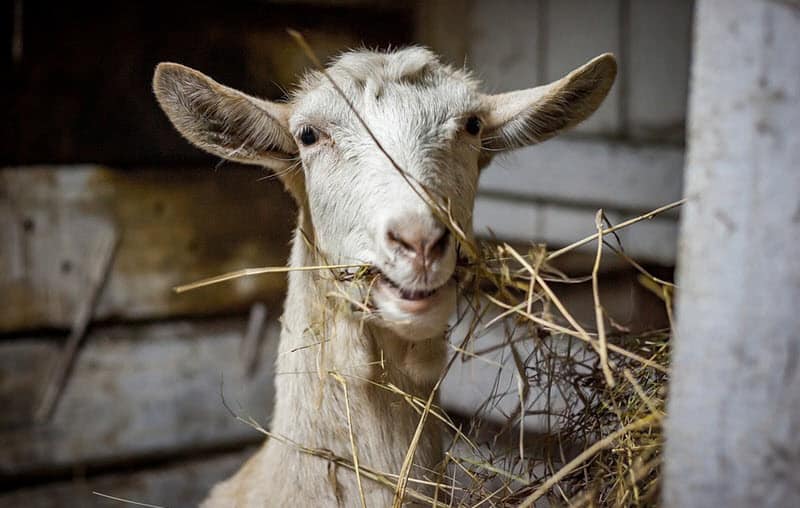
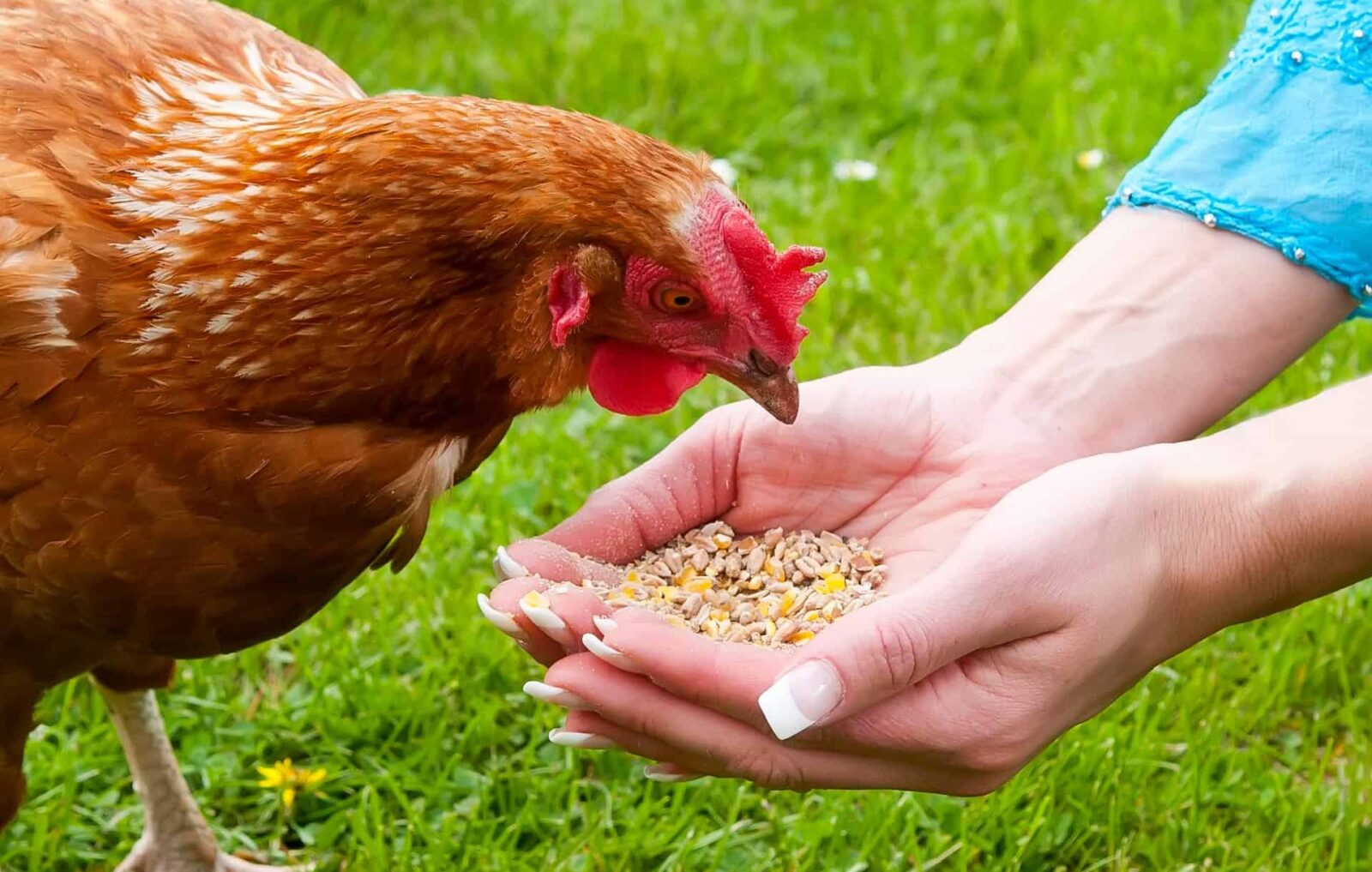
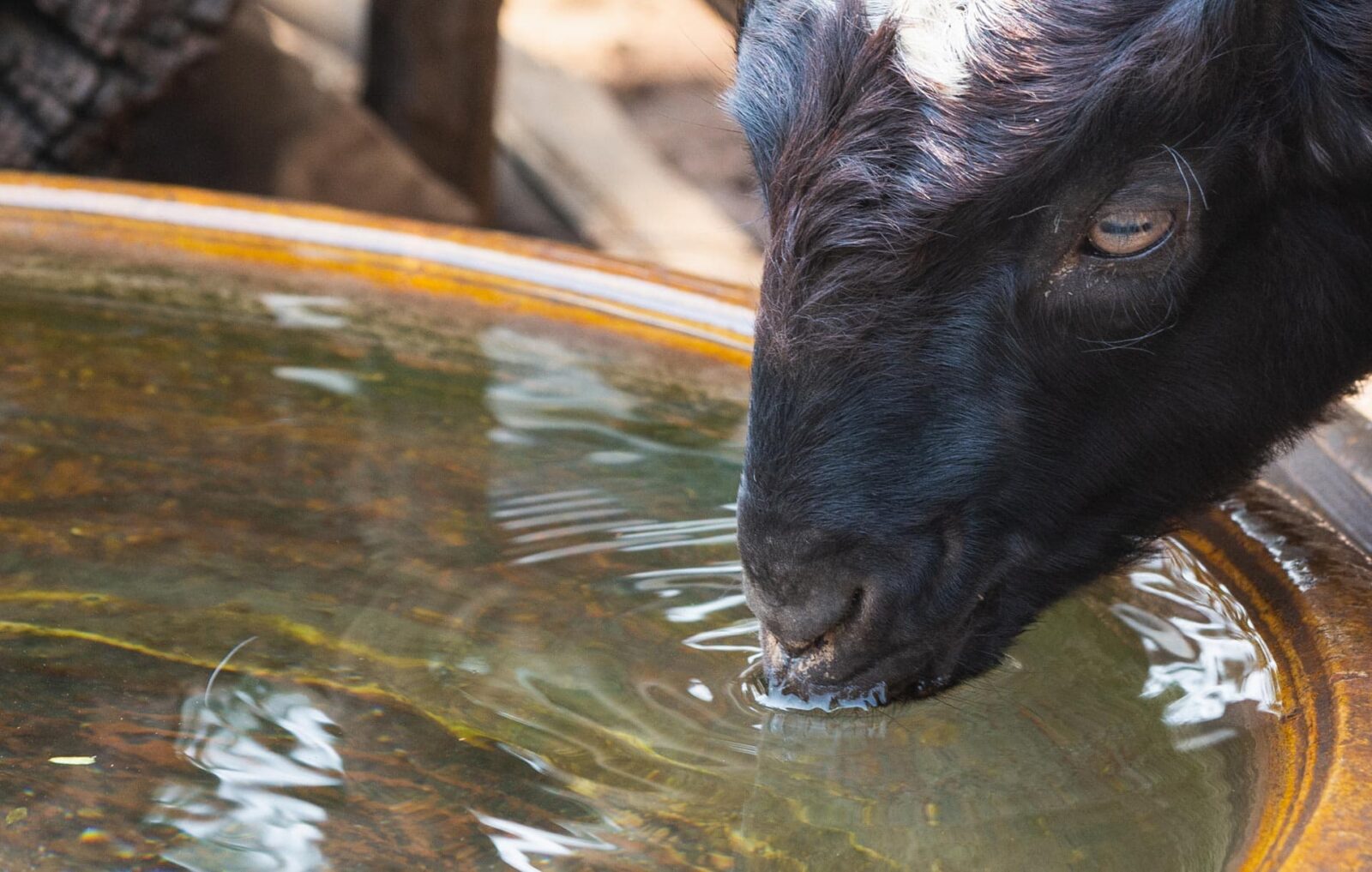
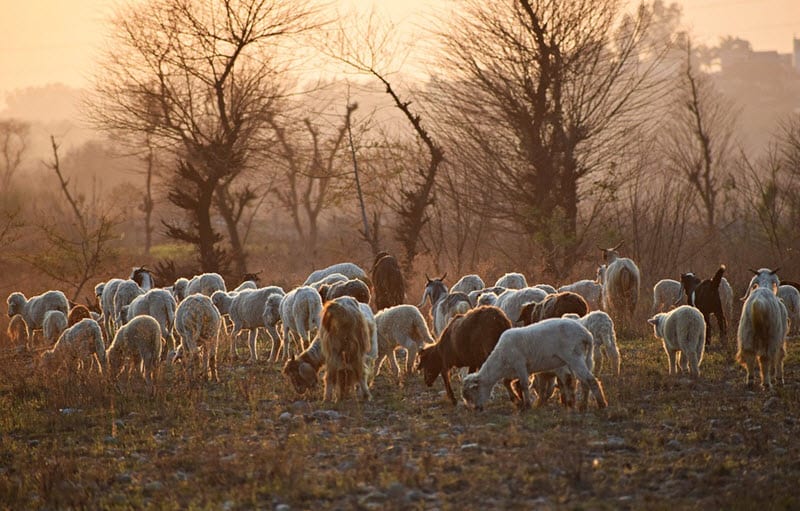
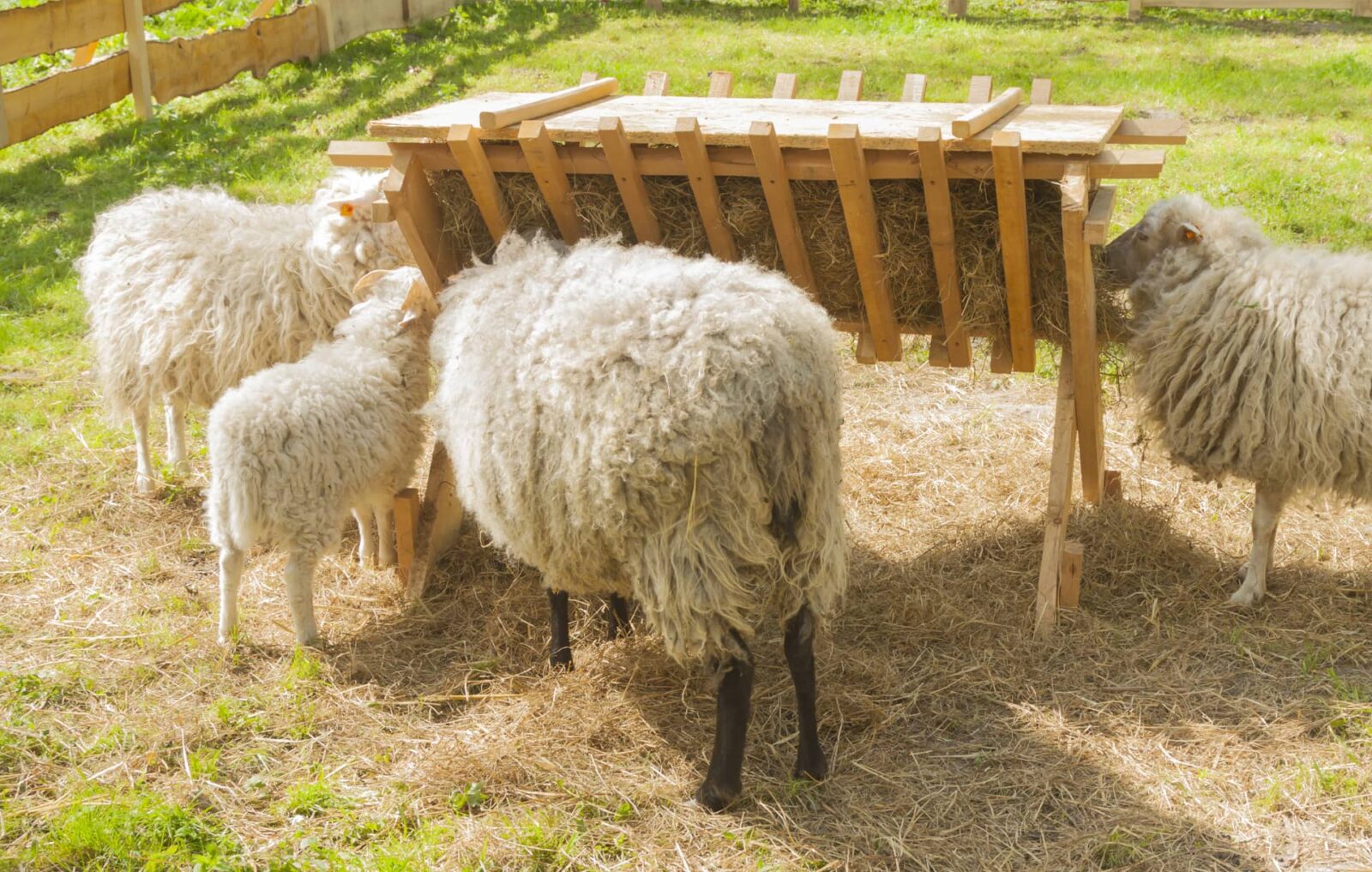
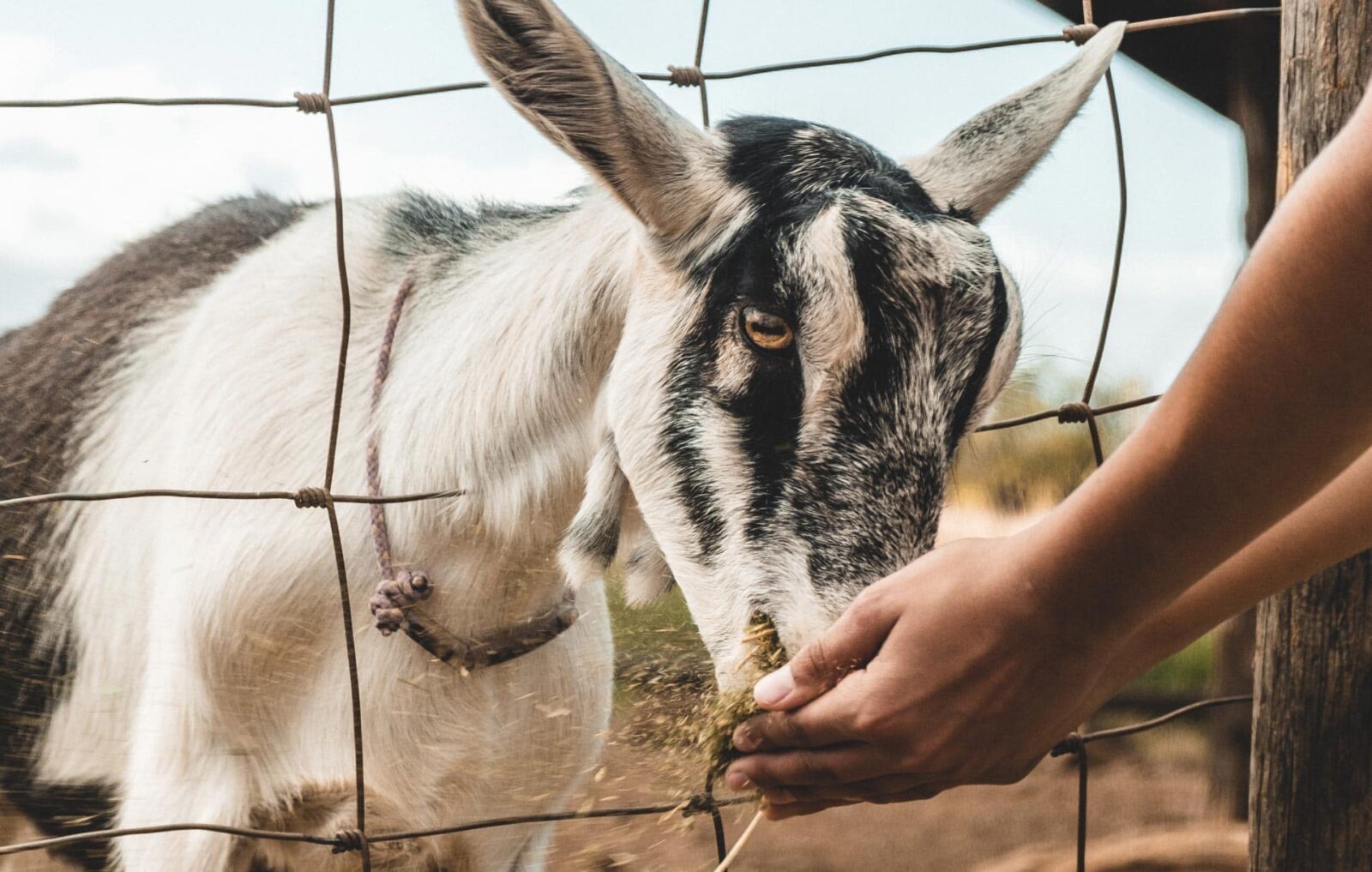



Leave a Reply